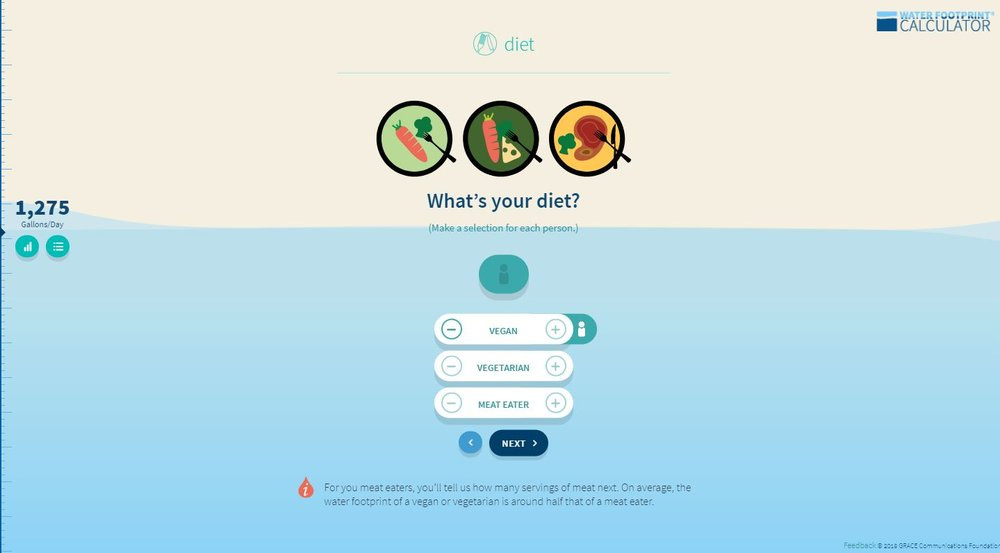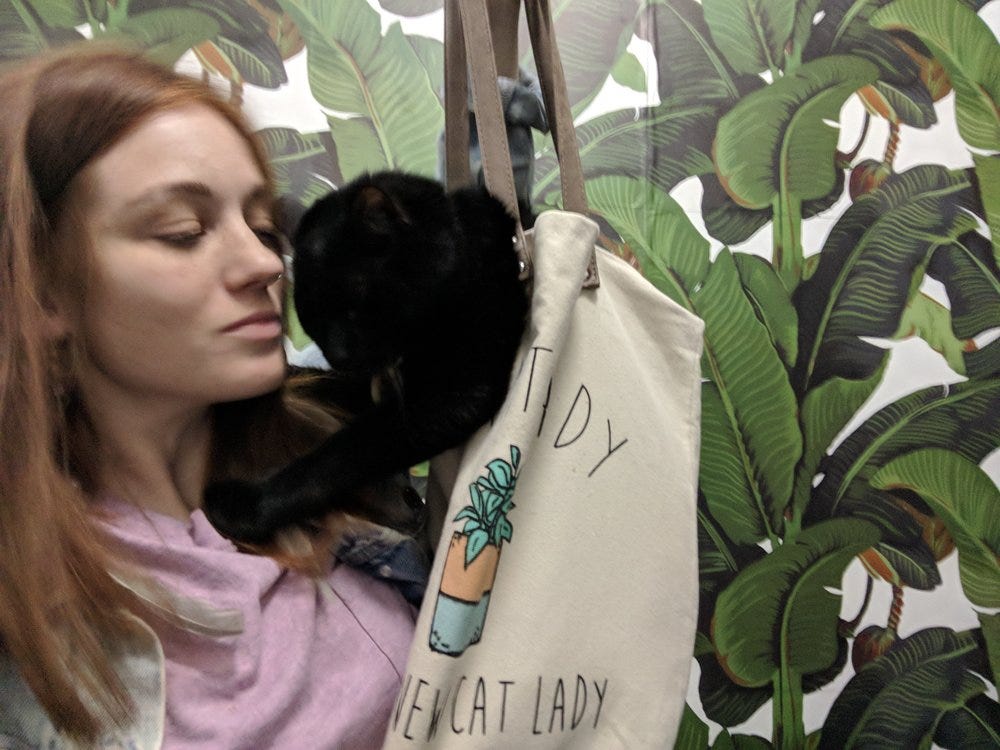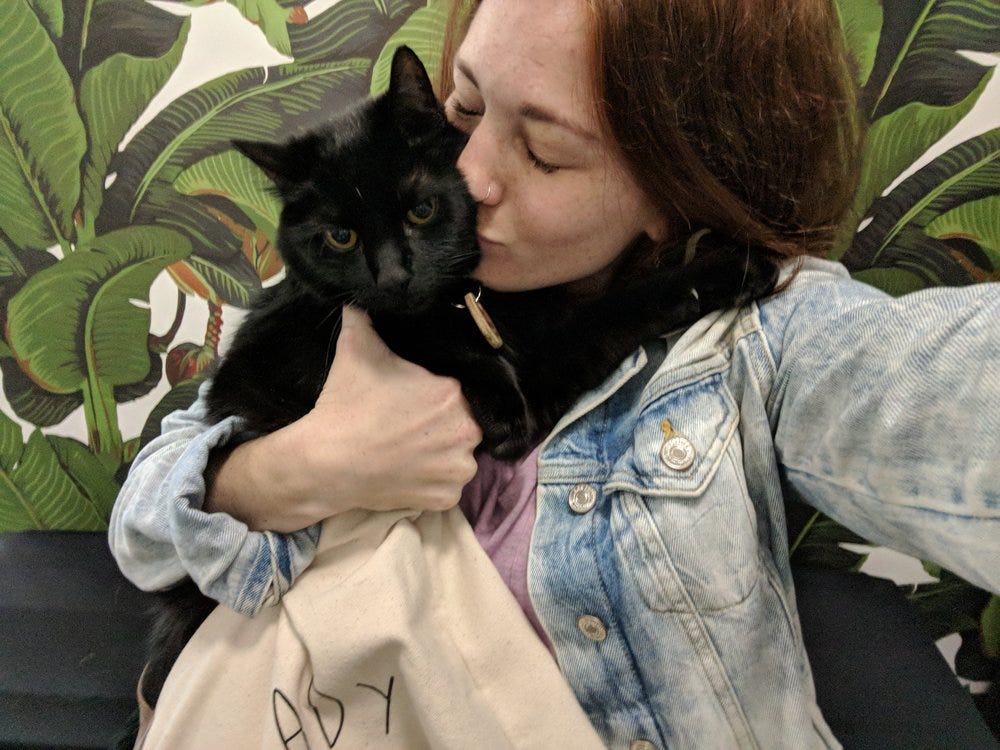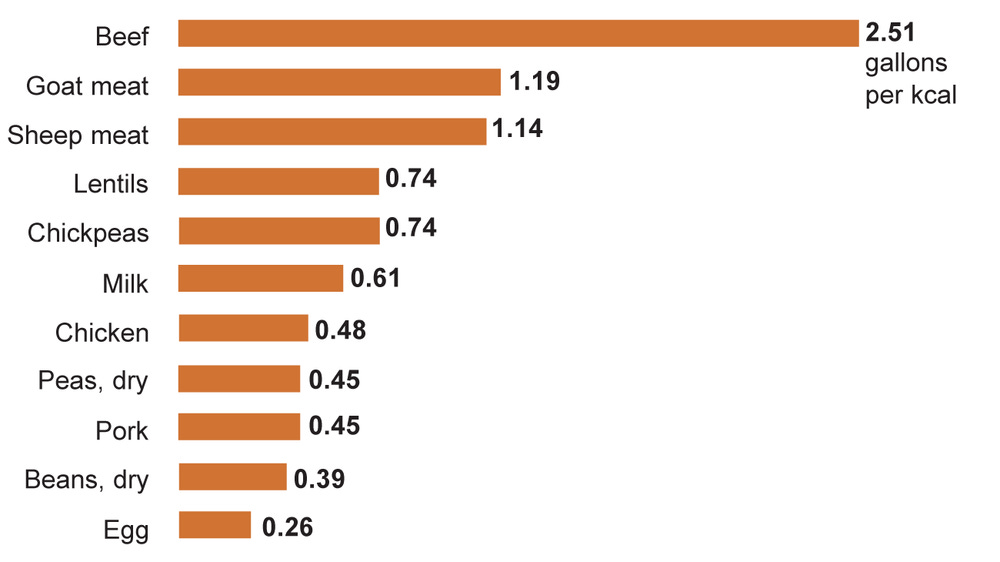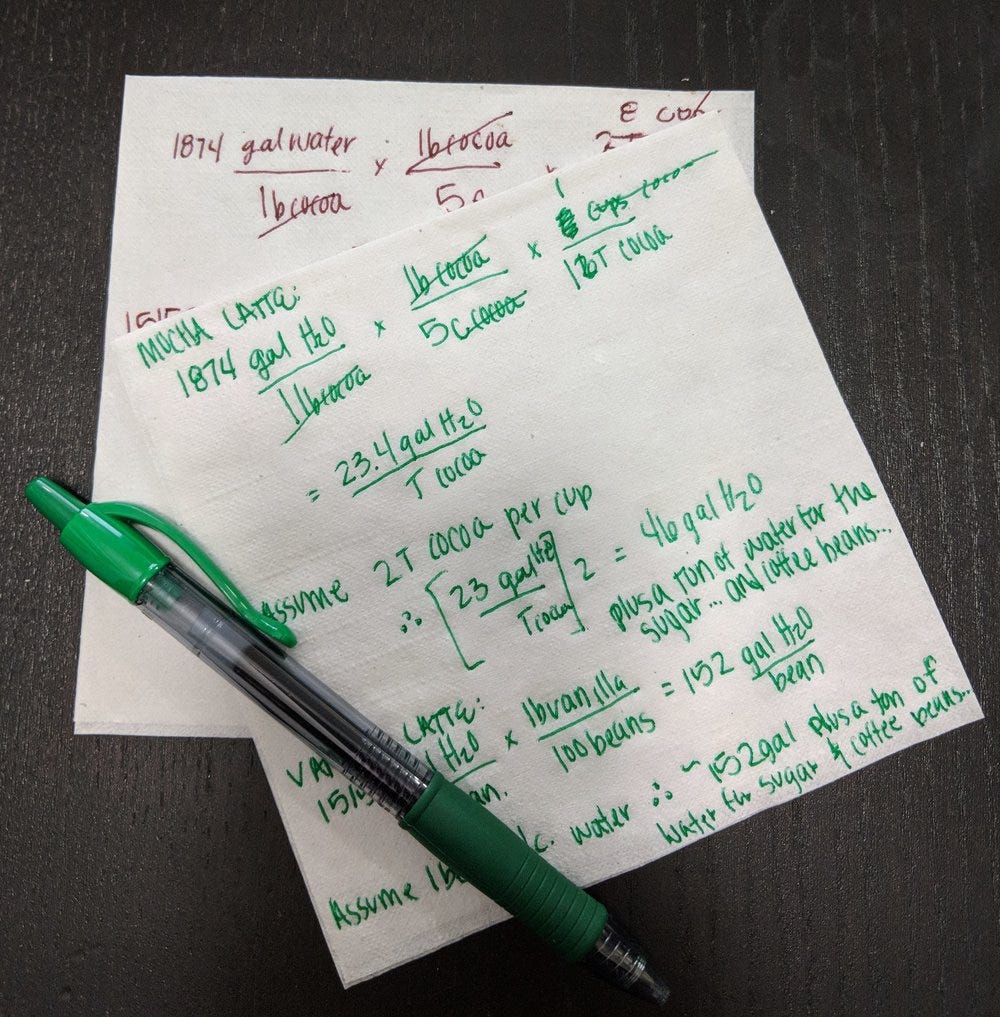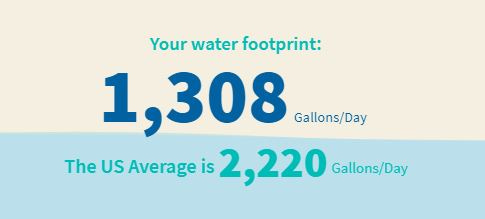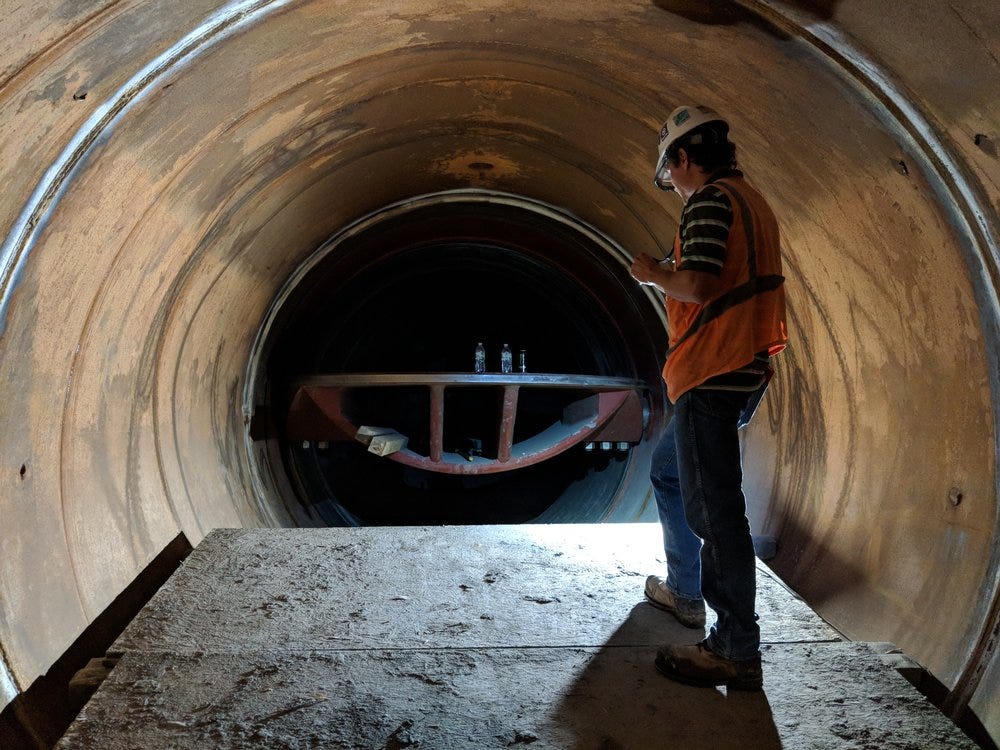Save The Water
Happy Earth Day!!! Do you know how much water is in your food?
I get asked all the time about my dietary choices. Sometimes in confusion, sometimes in frustration, and sometimes very kinetically. My answer is generally: ALLLLL THE THINGS. So for Earth Day (and a little bit of academic research) I wanted to take a deep dive into my favorite, lesser known reason:it's good for the planet.
Livestock not only requires lots of water, it's also a non-point source pollutant of water. And much harder to regulate as a water contaminator.
Water Footprint
Before you go any further, go take this fun little Earth Day quiz about your water footprint.
https://www.watercalculator.org/ or click on the pictures below.
It asks you a bunch of cute little questions about your water use.
It adds up your water use along the side as you click questions! And then provides tips at the end!
The tip that caught me was to put a bucket under your shower while you wait for it to heat up. Easy! My watering pail for bathroom plants is right there! I occasionally end up showering with plants in the shower! #crazyplantlady #plantladyisthenewcatlady
It's common to hear about how much carbon emissions are produced from meat, when compared to plant-based alternatives. But since this is a water blog and y'all know how passionate I am about managing our water supplies, how much water is used?
A statistical note: I'm okay with this number for the purposes of education, but not academia. Pretty consistently, the average indoor U.S. domestic water use is 60 gal/person/day (gpcd). They're representing the number with outdoor use combined which varies GREATLY around the U.S. In fact, in Texas (a hot, dry state) the domestic indoor/outdoor combined is more like 80 gpcd but Connecticut (a wetter state) is only around 40 gpcd. And obviously, the way it's managed locally also creates a difference. Idaho is around 180 gpcd! The more you know!
Point is, cheeseburgers take A LOT of water to produce.
According to Water Footprint Network data, it takes over 2,000 gallons of water to produce a single steak and over 800 gallons to produce a single glass of milk. Nearly 600 gallons are used to produce just one pound of chicken meat, and nearly 400 gallons go into just one egg.
I really loved reading the compare and contrast on which similar foods take less water to produce.
I did some simple conversions (literally on the back of a napkin) and got...
1,874 gal water/lb cocoa and 15,159 gal water/ lb of vanilla beans
Assuming 100 vanilla beans per pound & 5 cups cocoa per pound...106 MORE GALLONS OF WATER USED TO MAKE A VANILLA LATTE THAN A MOCHA LATTE.
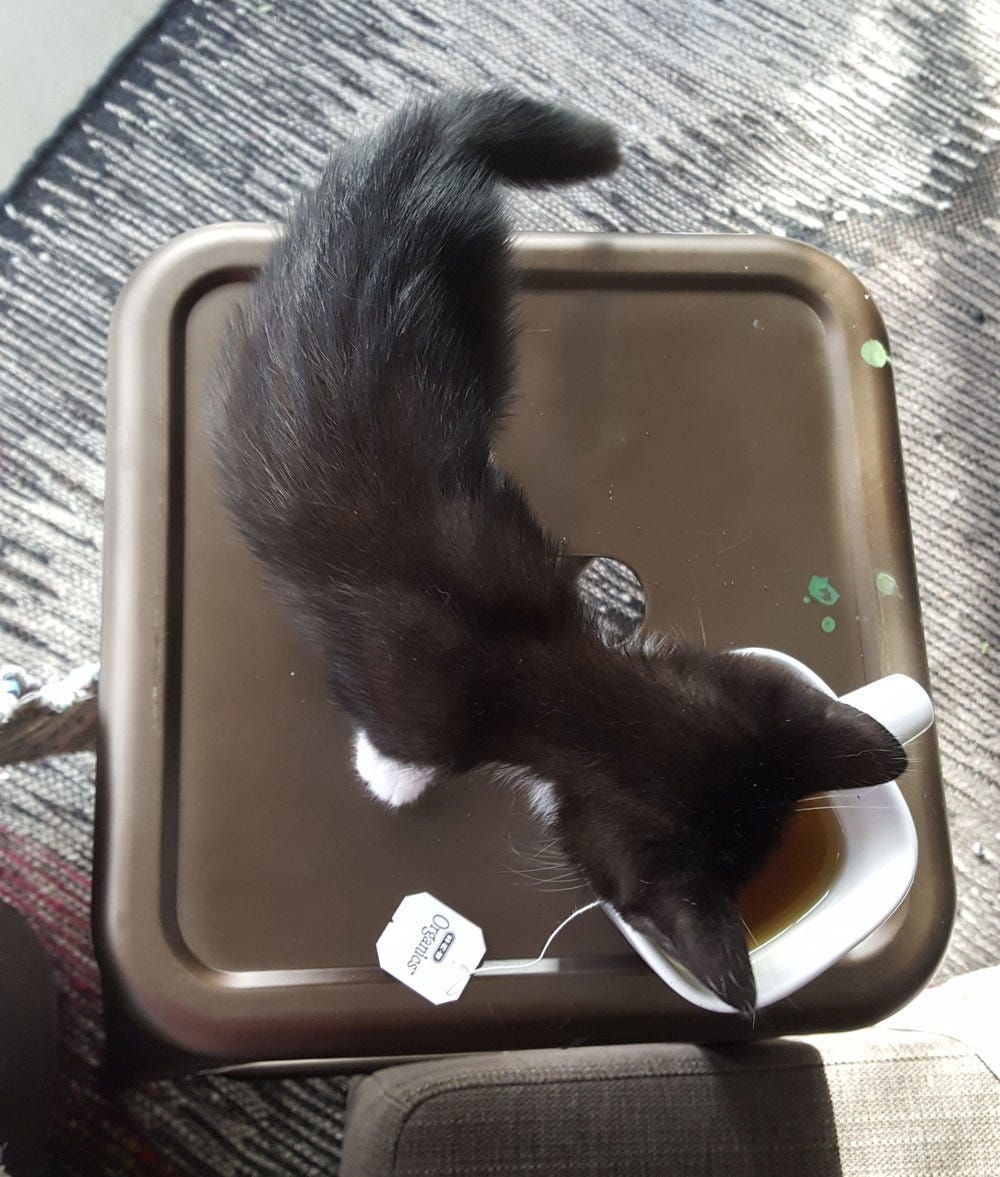
On a whole, food takes a lot of water to produce. Cheeseburgers more than some other foods.
Food
Liters of water per 100 calories
Broccoli
10
Chicken
180
Apples
170
Wheat Flour
55
Crickets
0.089
Steak
1,000
Now I'm not suggesting that we all go eat crickets, but you get the idea. I try to align my lifestyle with my values.Some other options include:
Meatless Mondays
VB6 [eating vegan before 6pm]
Meat-free days
"Eat food. Not too much. Mostly plants."
The purpose of these diets is to not eat more meat on other days to balance it out--it's to follow the 3 Rs: reduce, replace, refine.
#eatfortheplanet
Reading: Re-reading In Defense of Food by Michael Pollan. Literally, one of my favorite books. From the author of The Omnivore's Dilemma (which I didn't like as much) and that awesome 4-part Netflix show Cooked.
Listening: Where Do We Begin? A couples counseling podcast which is... so, so raw.
Working: Walking through valves!!!! Or at least, I did once this week. And now talking about it for the rest. of. my. life. #ilovemyjob





